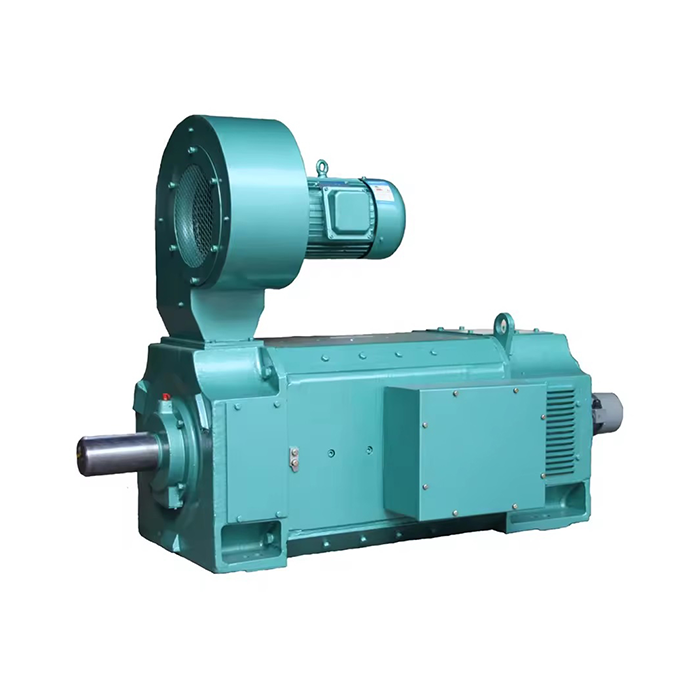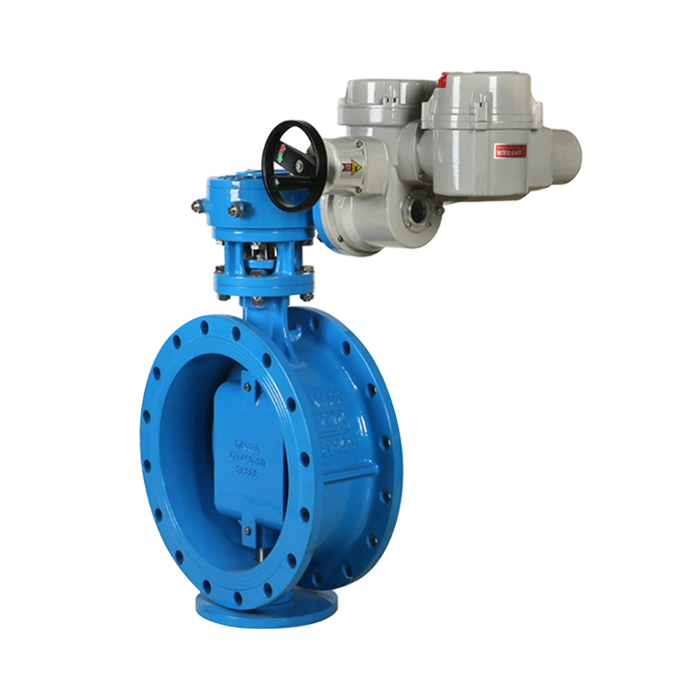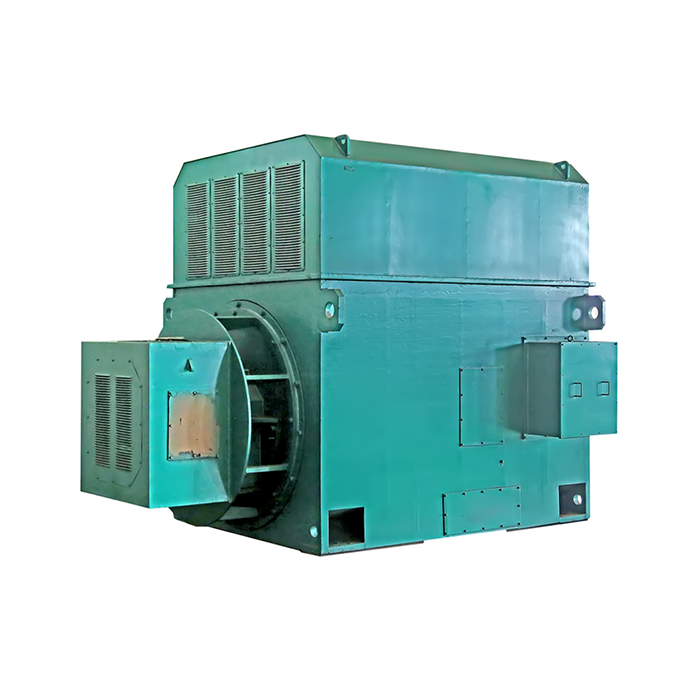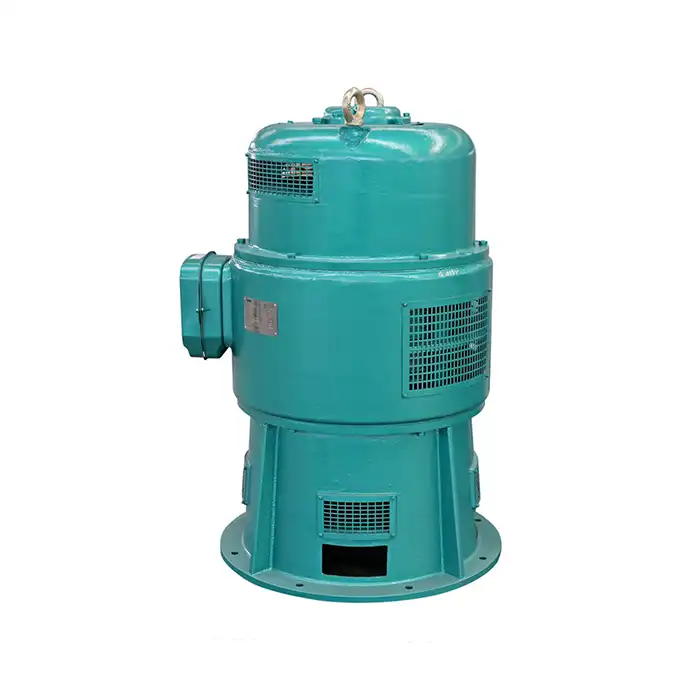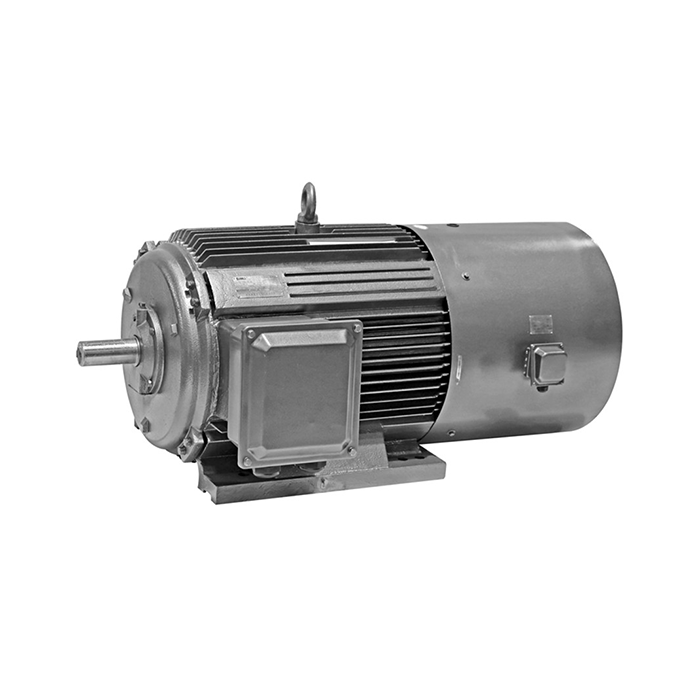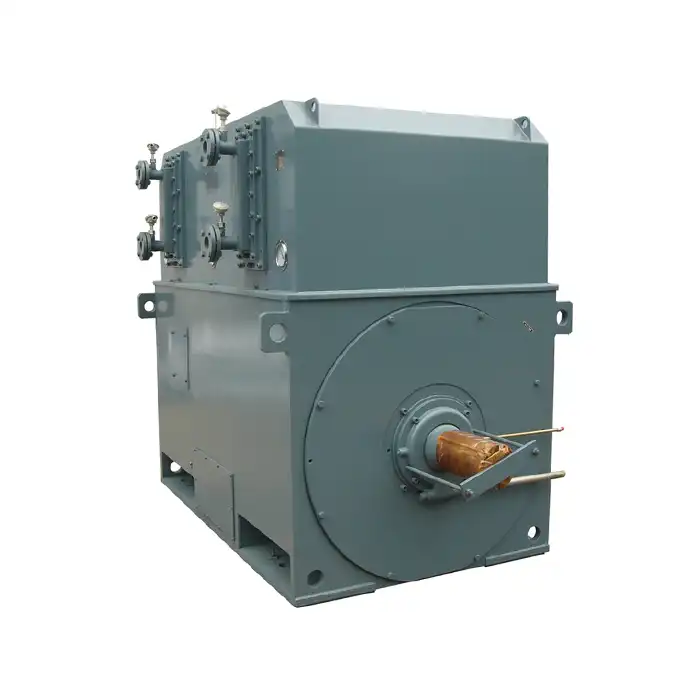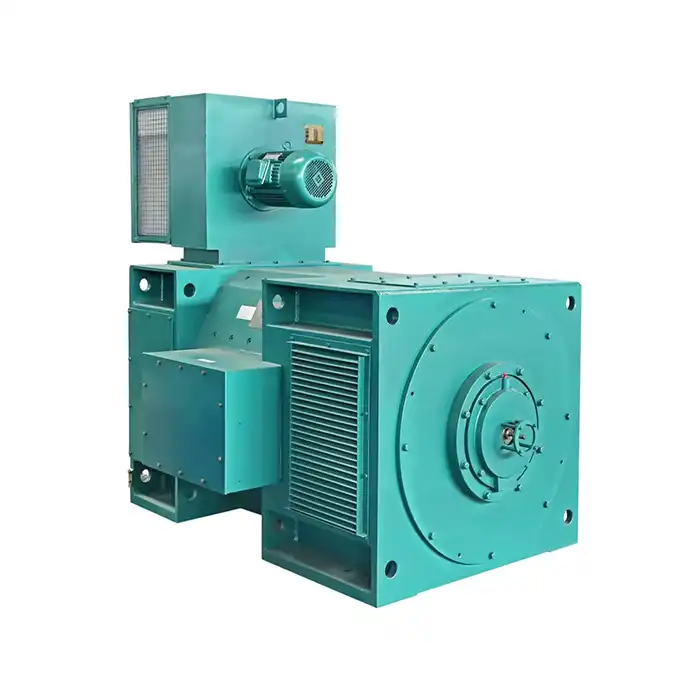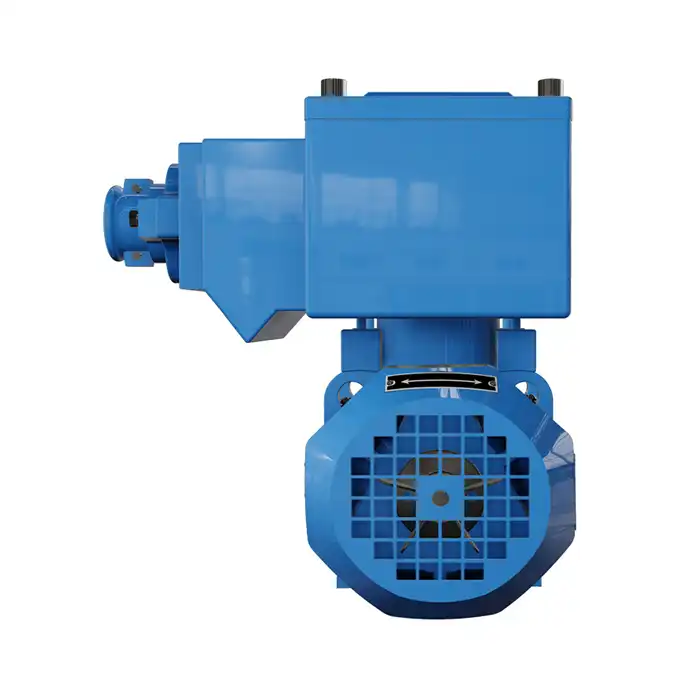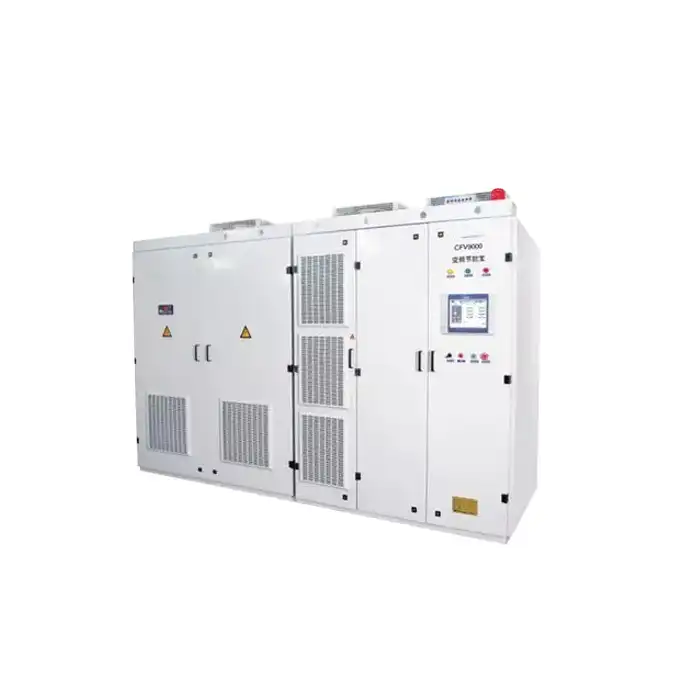Understanding field weakening techniques
Field weakening is a control strategy used in DC motors to increase their speed beyond the base speed. It involves reducing the strength of the magnetic field produced by the motor's field windings. This technique is particularly useful in applications requiring a wide speed range, such as industrial machinery and electric vehicles.
Basic principles of field weakening
In a DC motor, the speed is directly proportional to the armature voltage and inversely proportional to the field flux. By reducing the field flux, we can increase the motor's speed without changing the armature voltage. This is the fundamental principle behind field weakening.
Methods of field weakening in DC motors
There are several methods to achieve field weakening in DC motors:
- Reducing field current: This is the most common method, where the current in the field winding is decreased to reduce the magnetic field strength.
- Shunt field resistance control: By adding a variable resistor in parallel with the field winding, we can control the field current and thus the field strength.
- Separate excitation: In separately excited DC motors, the field winding is powered by an independent source, allowing for more precise control of the field strength.
Field weakening in 200hp DC motors
For 200hp DC motors, field weakening is particularly important due to their high power output and the need for speed control in various industrial applications. These motors often require a wide speed range to accommodate different load conditions and process requirements.
Expanding speed ranges beyond base speed
One of the primary roles of field weakening in 200hp DC motors is to expand their speed range beyond the base speed. This capability is crucial for applications that require variable speed control over a wide range.
Defining base speed and its limitations
The base speed of a DC motor is the speed at which it operates at full field strength and rated armature voltage. Without field weakening, the motor's speed is limited to this base speed. For 200hp DC motors, this limitation can be significant, especially in applications requiring higher speeds.
Overcoming base speed limitations through field weakening
By implementing field weakening techniques, 200hp DC motors can operate at speeds well above their base speed. This is achieved by reducing the field strength, which allows the motor to rotate faster for a given armature voltage.
Practical applications of extended speed ranges
The ability to operate beyond base speed is beneficial in various industrial applications, such as:
- Machine tools: Allowing for a wider range of cutting speeds
- Paper mills: Enabling faster production speeds
- Electric vehicles: Providing a broader range of vehicle speeds
- Industrial fans and pumps: Offering more flexibility in flow control
Considerations for high-speed operation
While field weakening allows for higher speeds, it's important to consider the mechanical limitations of the motor and the driven equipment. Proper design and selection of bearings, shaft materials, and other components are crucial for safe and reliable high-speed operation of 200hp DC motors.
Balancing torque and speed in field weakening
Field weakening in 200hp DC motors involves a trade-off between speed and torque. Understanding this balance is crucial for optimal motor performance and efficiency.
The inverse relationship between torque and speed
As the field is weakened to increase speed, the available torque decreases. This is due to the reduced magnetic field strength, which directly affects the motor's ability to produce torque. For 200hp DC motors, this relationship must be carefully managed to ensure the motor can meet the load requirements across its entire speed range.
Constant power region
In the field weakening region, 200hp DC motors typically operate in what's known as the constant power region. Here, as speed increases and torque decreases, the overall power output remains relatively constant. This characteristic is valuable in applications requiring high power over a wide speed range.
Optimizing motor performance through field weakening
To maximize the performance of 200hp DC motors, careful control of field weakening is essential. This involves:
- Precise control of field current
- Monitoring of motor temperature and cooling requirements
- Consideration of load characteristics
- Implementation of advanced control algorithms
Efficiency considerations in field weakening operation
While field weakening allows for extended speed ranges, it can impact motor efficiency. As the field is weakened, core losses may decrease, but copper losses in the armature can increase due to higher currents. For 200hp DC motors, careful design and control strategies are necessary to maintain high efficiency across the entire operating range.
Challenges in field weakening control
Implementing effective field weakening control in 200hp DC motors presents several challenges:
- Ensuring stable operation over the entire speed range
- Managing motor heating and cooling requirements
- Maintaining accurate speed and torque control
- Dealing with non-linearities in motor characteristics
Advanced control techniques for field weakening
To address these challenges, advanced control techniques are often employed in 200hp DC motors:
- Model-based control algorithms
- Adaptive control systems
- Digital signal processing for real-time field control
- Integration with motor drive systems for coordinated control
Enhance Your Industrial Applications with Our High-Performance DC Motors
Superior 200hp dc motor with sophisticated field weakening capabilities are our forte here at Shaanxi Qihe Xicheng Electromechanical Equipment Co., Ltd. No matter the speed, our motors are engineered to provide outstanding performance, dependability, and efficiency. You can rely on our team of specialists to help you discover the ideal solution, as we are a trusted 200hp dc motor manufacturer, whether you require motors for renewable energy systems, specialised applications, or heavy-duty industrial machines. Contact us today at xcmotors@163.com to discuss how our high-performance DC motors can elevate your operations and drive your success.



